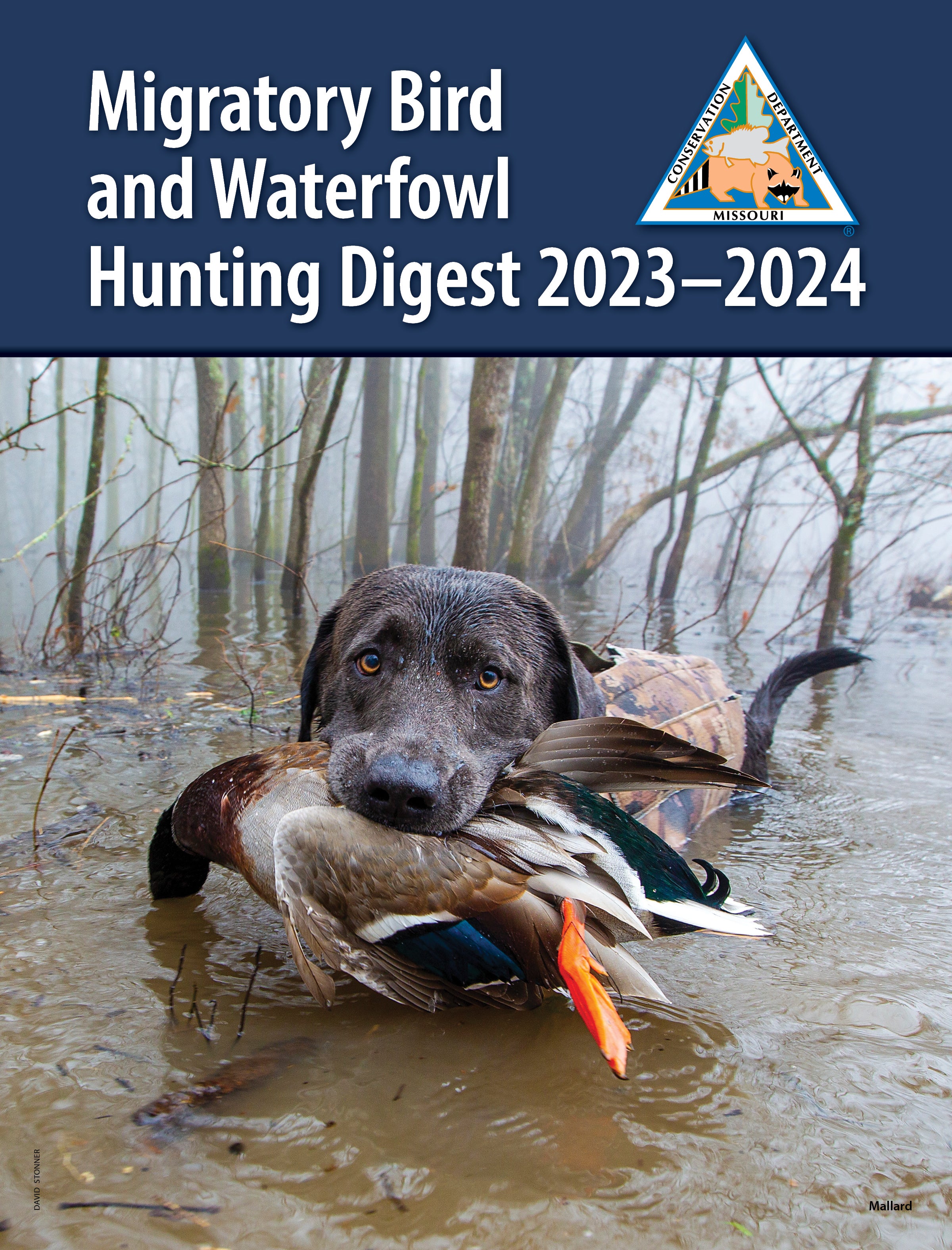Body
From dressing in layers to proper use of your gun, there's a lot you can do to make your hunting experience safe and successful. Follow these guidelines to keep yourself, others, and your hunting dogs safe.
Title
General Hunting Safety Tips
Title
General Hunting Safety Tips
Body
- Always check the weather forecast and dress appropriately. You may start the morning off walking a long distance dragging a boat and setting decoys followed by hours of sitting still. Dress in layers to ensure you keep warm.
- Position yourself with the sun at your back or in a position to maximize your ability to identify duck species and sex accurately before you shoot.
- Know your effective shooting range. Use your decoy spread to help you judge distances by placing a highly visible decoy (a single coot or other unusual species) at a known distance.
- Let others know your hunting location and when you plan to return.
- Take your time when walking across wetlands. Be aware of ditches and other deep holes that may put you in water higher than your waders.
- If you get wet in cold temps be aware of the signs of hypothermia and make sure you get dry and warm as soon as possible.
- If you are hunting with a dog, be sure to keep them warm and know the signs of canine hypothermia as well.
- Identify your target as a legal waterfowl species before putting your finger on the trigger. Learn to identify waterfowl species using sight, flight patterns, the habitat you’re hunting, and time of year. The species of duck should be known prior to targeting the species with your gun.
Title
Firearms Safety Tips
Title
Firearms Safety Tips
Body
- Maintain your gun on a regular basis. Keep the action and barrel clean and ensure that all safety mechanisms are in working order.
- Do not load your gun until your decoys are set up, all gear is deployed, and you are in your blind ready to hunt.
- Know the effective range of your gun. Spend time in the off season to pattern your gun with nontoxic shot to find the best load/shot size combination for your gun.
- Always point the gun in a safe direction. Make sure that your shooting platform is stable and you can safely swing your gun for potential shots.
- Keep your finger off the trigger and the safety ON until you are ready to shoot. Do not turn off the safety while birds are working or any other time prior to you shouldering your gun to take a shot.
- Wear ear protection and be extra cautious of shooting ducks off to one side if hunting from a blind. The tight quarters of the duck blind can lead to ear-ringing situations. Also avoid shots that are over the heads of your partners. You may damage their ears or shoot at waterfowl that is within their range and not yours.
- Know where your hunting companions are if you are not hunting together. Always be mindful of the direction you shoot and know what is behind your target especially when shooting low-flying waterfowl.
- If you are hunting with a dog, make sure all guns are in a secure spot where they will not get knocked over. Be extra careful not to leave a loaded gun unattended at any time when hunting with a dog.
Title
When Hunting from a Boat
Title
When Hunting from a Boat
Body
- If you are using a boat with a motor, including a layout boat, special state statutes apply.
- Always let someone know where you will be hunting prior to going out on the water.
- Check the weather forecast. High winds can be dangerous.
- Don’t overload the boat with decoys and other gear.
- Load gear low in the boat and distribute the weight evenly.
- Wear a Coast Guard-approved life jacket at all times.
- If using chest waders, wear a belt to keep them from filling with water.
- Carry a throwable flotation device in case someone falls overboard.
- Transport firearms unloaded, cased, and with the action open.
- At the first sign of a storm, head for shore.
If your boat swamps or capsizes
- Stay with the boat, and use distress signals.
- To retain body heat, pull your knees to your chest and keep your elbows to your sides.
- To help you stay afloat, place an oar under your knees and another behind your back.
- If decoys are in reach, stuff them inside your jacket.






















